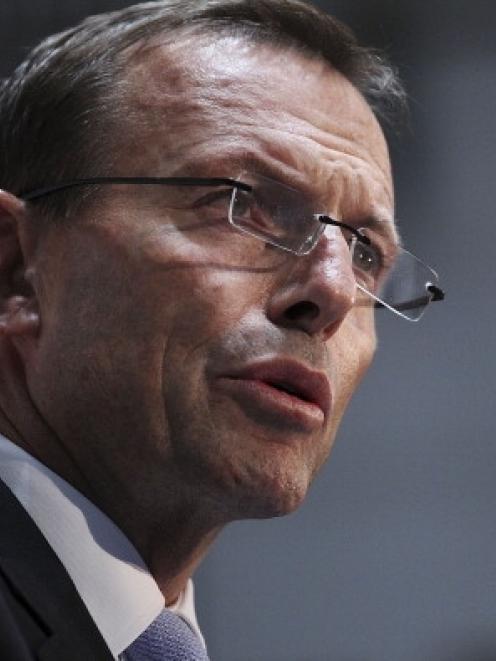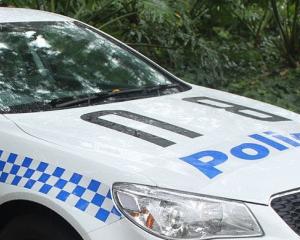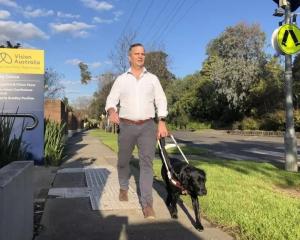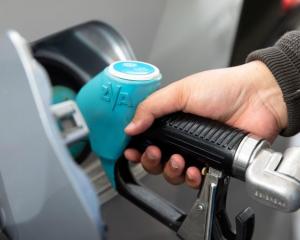
In a fit of pique, its first defence minister David Johnston said he wouldn't trust the government-owned ASC to build a canoe.
In June last year, Finance Minister Mathias Cormann warned shipbuilders the government could look overseas for new frigates if they didn't lift their game.
The government's scorn was directed at the troubled $8.5 billion air warfare destroyer (AWD) project, running two years late and about $1 billion over budget.
Now it appears all is forgiven as the government prepares to sign off on an $89 billion shipbuilding package - $39 billion to build new frigates and offshore patrol ships in South Australia and $50 billion for new submarines.
Although submarines have dominated the headlines, Prime Minister Tony Abbott insists the frigate project is no consolation prize.
"The frigates are coming as the first prize and one way or another the subs will be coming as a further prize," he said ahead of a formal announcement.
While new surface warships and subs have been treated as separate issues, they are inextricably linked and will inevitably engage companies across Australia, providing contracts and jobs for decades.
Abbott says Australia could build good ships. West Australian shipbuilder Austal sells vessels to the US military, although US law means they must be built there.
The Anzac project is billed as a triumph, with 10 vessels launched from the Williamstown shipyards in Melbourne, now operated by BAE Systems, between 1994 and 2004.
Anzacs were based on the German Meko 200 design. After the expected learning curve, maximum efficiency was achieved mid-way the project with vessels delivered on time and within budget.
Five years after that project concluded, work started on the $8.5 billion AWD project and there have been numerous problems.
The skilled workforce needed to be rebuilt, while the design by Spanish shipbuilder Navantia wasn't configured for export.
The innovative AWD Alliance - a partnership between ASC, the Defence Materiel Organisation and US firm Raytheon rather than a single prime contractor - is unlikely to be repeated.
A government-commissioned study by Rand Corporation found the boom-bust nature of Australian shipbuilding - the long gaps between projects - meant Australia paid a 30-40% premium for local construction.
But that could improve with a rolling build, turning out a new vessel every 18-24 months.
That's what the government is proposing for the replacements of the Navy's eight Anzac frigates which reach retirement age from the middle of next decade.
These are the Navy's workhorses: versatile, reliable vessels which have been progressively upgraded, most recently with the world-leading Australian CEA Technologies radar and missile defence system.
A rolling build process will have a couple of consequences - Anzacs are likely to retire earlier and the new vessels will remain in service for about 20 years rather than the current 30 years.
Already a number of foreign companies are pitching designs for Australian consideration.
Construction of new frigates will start around 2020.
Construction of offshore patrol vessels, larger replacements for the Navy's equally hard working Armidale-class patrol boats, will be brought forward to 2018.
Even starting early won't save many shipyard jobs from the "valley of death", as Abbott acknowledges.
That's the period of years between end of current projects and start of new work, when shipbuilders have to lay off skilled workers.
Abbott says the shipbuilding workforce should rebuild to about 2500 ongoing positions by 2020.
This has proven potent politics, with both the coalition and Labor accusing each other of failing to take the right decisions.
It's especially potent in South Australia where carmaker Holden will end production at its Elizabeth plant by the end of 2017.
So who's right?
Labor always promised the new subs would be built in South Australia and so did the coalition, before the 2013 federal election.
But since winning government, the coalition has hedged.
Labor accuses Abbott of a secret deal to build the new subs in Japan, but the potential loss of coalition seats is making that look increasingly unlikely.
The coalition accuses Labor of doing nothing on new subs during six years in government even though there was actually much preliminary work.
The coalition says Labor in government commissioned no new ships from Australian yards. The only vessel acquired under Labor was the surplus British vessel, now HMAS Choules.
Labor accuses the coalition of responsibility for the "valley of death".
But this problem was well known before the coalition won government.
Last year, defence department secretary Denis Richardson said decisions to avoid the valley of death needed to have been taken two years earlier - that is, when Julia Gillard was PM.
Her successor Kevin Rudd certainly came up with a plan to preserve shipyard jobs through acquisition of two new navy supply ships, built entirely or partly in Australia.
He announced it on August 29, 2013, just over a week out from the election.












